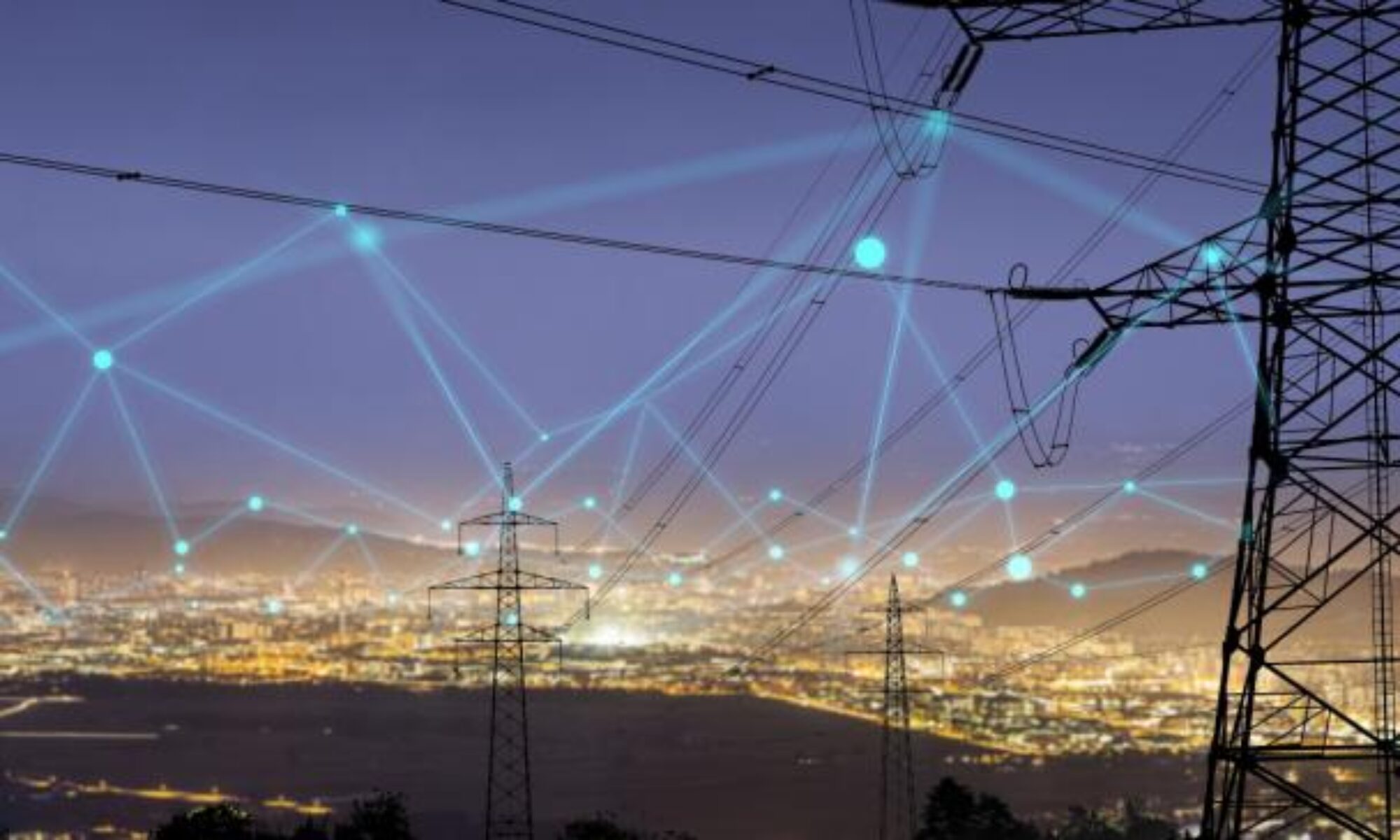UPDATE: On January 8 FERC rejected the DOE NOPR
https://www.utilitydive.com/news/ferc-rejects-doe-nopr-kicking-resilience-issue-to-grid-operators/514334/
At the end of September Energy Secretary Perry sent a request to the Federal Energy Regulatory Agency to initiate a Notice of Proposed Rule (NOPR) to create “Grid Resiliency Pricing.” Under the guise of increasing grid reliability and resilience, the Trump Administration is doing nothing more than radically increasing subsidies to uneconomic coal and nuclear generating plants. This is simply an effort to artificially create demand for coal and bail out owners of nuclear generating stations.
The Administration is proposing that “fuel secure” generating stations receive “full recovery of costs” and a “fair rate of return.” “Fuel secure” is defined as any generating station that maintains a 90 day supply of fuel on site, but might as well say “coal and nuclear generating stations” because those are the only types that can meet the proposed rule criteria.
The NOPR acknowledges that these plants would not be economic under normal market pricing schemes and are therefore subject to premature retirement.
DOE wants coal and nuclear plants to operate under monopoly pricing within what is supposed to be a wholesale electricity free market. Think about that for a moment. An unabashedly free market Administration wants to impose what amounts to socialized medicine for certain sectors of the economy.
The NOPR alleges that these plants are essential for grid reliability and resiliency because: coal and nuclear plants that would otherwise be retired enhance grid resiliency during extreme weather such as the Polar Vortex of 2014; providing grid resiliency is not valued in wholesale markets and should be; the North American Reliability Council (NERC) agrees with DOE; the DOE staff report on reliability (a failed attempt by the Administration to claim renewable resources were a detriment to grid reliability); and (most importantly) “Congress is concerned.”
Let’s take a look at some of these assertions.
First, the threat of fuel supply disruptions. I give you Exhibit A1:
In actual fact, the greatest threat to grid resiliency from extreme weather is the quality of the transmission and distribution system. A system whose efficiency and resilience contribution could be vastly improved with a much more aggressive implementation of new smart technology.
While NERC may agree in principle that grid resiliency should be valued, the ISO/RTO Council, the organization representing all of North American wholesale power grids, has filed comment that the FERC should not issue the rule for several reasons, including “the NOPR would undermine competitive markets and Is legally Infirm.”2
The authors of the DOE Reliability study offered a few other recommendations that did not end up in the report, including the fact that what constitutes grid resiliency and how all the factors that affect it (such as fuel security) are not well understood and merit considerable analysis before a valid pricing method can be determined.3
Finally, the most important reason for the NOPR needs to be understood and properly characterized. The DOE document says “Congress is concerned,” referencing a letter from the House Science and Technology Committee, a committee controlled by an extremely partisan group that promotes the interests of fossil fuel industry and unabashedly rejects climate science.
These, however, are the reasons on principle that the NOPR should be withdrawn. There’s that other factor of cost. Energy Innovations, LLC, evaluated the costs of implementing the NOPR under four different interpretations of how the pricing could go4, from a conservative estimate that covers the shortfall in cost from wholesale value to operating costs to break even (Reading 1), through to an aggressive case that not only offers full cost recovery but full return on capital and full dispatch even if under normal conditions the unit would not be so dispatched (Reading 4). The following table shows how these 4 interpretations might impact customers in the four regions that would be affected. (PJM = Middle Atlantic, Ohio, VA; ISO-NE =New England; MISO = Midwest; NYISO= New York State)
Source: Energy Innovations, LLC
This NOPR has the potential to significantly increase customer cost and have a dampening effect on the economy for very questionable reasons.
Recommendations
There is a certain irony in this attempt to reregulate from an Adminstration bound and determined to unregulate everything. One can only conclude that this is a hastily cobbled approach to bailout coal and nuclear interests that have found themselves uneconomic in wholesale power markets relative to other technologies. The NOPR ought to be rejected on its face.
If a sincere attempt is to be made to examine the issue of grid resilience and reliability, a much more careful and comprehensive analysis ought to occur. This analysis needs to give consideration to a number of factors that can affect reliability and new technologies that could enhance reliability and resilience in a much more cost effective manner.
In the absence of pricing methodologies, enormous improvements in resilience and reliability have yet to be obtained through the implementation of smart transmission and distribution technologies on all networks. Rather than burdening customers to simply prop up failing technologies, consider investments in new ones that provide long term solutions.
1 http://rhg.com/notes/the-real-electricity-reliability-crisis
2 Comments of the ISO/RTO Council on the September 28, 2017 Notice of Proposed Rulemaking by the Department of Energy
4 http://energyinnovation.org/wp-content/uploads/2017/10/20171021_Resilience-NOPR-Cost-Research-Note-FINAL.pdf



